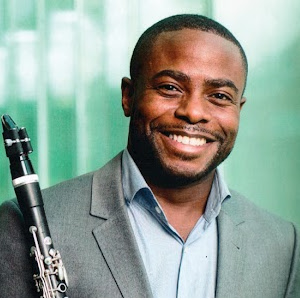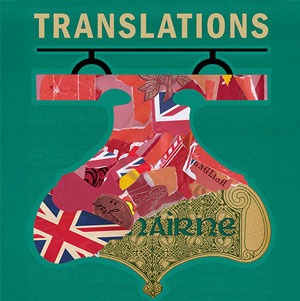
 [rating=3]It is not always neat or easy for a well-trained orchestra to accompany a vocal or instrumental soloist. The conductor has to keep their eyes on the performer and follow their lead while prompting the orchestra to follow. The task is made easier when the soloist sticks to the tempo and rhythm of the original piece of music. While watching Sunday night’s performance of “McGill Plays Mozart”, it became evident that the hero of the evening was indeed conductor Dame Jane Glover. She marvelously—and almost miraculously—guided the Music of the Baroque orchestra through thick and thin as they accompanied soloist Anthony McGill in his performance of Mozart’s Concerto for Clarinet in A Major, K. 622. Having once been a clarinet player myself, this composition happens to be one of my all-time favorites. But McGill’s performance of it on Sunday night February 27th at the North Shore Center for the Performing Arts was lacking and perhaps one of the strangest that I have ever seen.
[rating=3]It is not always neat or easy for a well-trained orchestra to accompany a vocal or instrumental soloist. The conductor has to keep their eyes on the performer and follow their lead while prompting the orchestra to follow. The task is made easier when the soloist sticks to the tempo and rhythm of the original piece of music. While watching Sunday night’s performance of “McGill Plays Mozart”, it became evident that the hero of the evening was indeed conductor Dame Jane Glover. She marvelously—and almost miraculously—guided the Music of the Baroque orchestra through thick and thin as they accompanied soloist Anthony McGill in his performance of Mozart’s Concerto for Clarinet in A Major, K. 622. Having once been a clarinet player myself, this composition happens to be one of my all-time favorites. But McGill’s performance of it on Sunday night February 27th at the North Shore Center for the Performing Arts was lacking and perhaps one of the strangest that I have ever seen.
For starters, McGill’s body language and facial expressions made him appear to be more of an actor than a professional clarinetist. Even before he put the reed in his mouth, it seemed as if he were toying with the audience as well as his instrument. It was odd the way he looked at his clarinet and studied it and then blew out some of the blowholes. Was there something wrong with his instrument before he took the stage? I wondered if this act was for real or for show. Sometimes he seemed amused with himself, and this was funny; audience members had the slightest bit of a giggle or tried to hide an inappropriate snicker. Then while he played, he varied his pose: He stood straight; he crouched; he looked happy-go-lucky, then angry. At other moments, his unnecessary movement was not just a distraction but was ruining the performance. When he would crouch and cringe, he couldn’t breathe properly from his diaphragm. This caused him to run out of air by the time he got to the second movement (adagio), and he could no longer hold the long notes. While this was not so noticeable during the intensely technical passages, it became obvious throughout the third movement (rondo) and especially at the end when he should have sustained many more notes and should have played louder.
In addition to wanting McGill to have a straighter body position (so he’d get more air), I wanted him to give a straighter performance in general. From the beginning of the concerto, he was rushing through too many spots and taking too many liberties with the rhythm. Was this nervousness on his part? Or was this his means of interpreting the music? The man is technically brilliant in how quickly he can move his fingers from one note to another and from one register to another. But straying too far from Mozart’s methodical masterwork is not a good thing. I understand that everybody has their own style when they play an instrument, but this performance was not what it should have been. Back on September 12, 2021, I gave a rave review of Sergey Gutorov’s performance of the exact same piece of music when he played with the Chicago Philharmonic. His rendition was bouncy, vibrant, and spot-on; this one was all over the place.
As I alluded to earlier, Dame Jane Glover saved the day, because she had her eyes on McGill like a hawk—as she was supposed to do—considering just how unpredictable he was. Most of the concerto was like watching a fencing match: the baton versus the clarinet. He raised up his instrument; she raised up her baton. She poked; he withdrew. And it became a staring contest. The two of them stared, if not glared, at each other throughout much of the performance, as she was trying to closely follow his lead and figure out his next move: Was he was going to rush the next portion of music—again? And what irregular tempo was he going to set that she needed to follow? And how do you conduct an orchestra to make him look good? It is difficult enough to accompany the average soloist, but expertly shadowing the vicissitudes of McGill’s clarinet playing was a feat in and of itself. The relatively few instances when McGill and the orchestra were out of sync made it seem to the audience that he was not coming in on time—and he wasn’t, because his timing was off. But those were also the moments when Dame Glover couldn’t cover for him as well as she could have, because she occasionally needed to provide direction to the orchestra too. All in all, it must have been an exhausting, if not exasperating, experience for everybody involved.
In all, McGill is a competent clarinetist, but he needs to acquire the discipline to master his craft, that is, nail down the breathing and the rhythm in addition to his carefully mastered technique. Above all, he had better make sure his clarinet works as well as it needs to before he takes the stage. If he had any doubt about his sound quality during the first movement, he could have swabbed out his instrument between the allegro and adagio portions—and the savvy audience would have graciously let him; their unanticipated applause during that break between movements was intentional, so as to give him cover. He, unfortunately, did not take advantage. Furthermore, he need not play the part of an actor while on stage and ought to acquire more of a poker face when he’s not actively playing and the orchestra is performing behind him.
All this being said, listening to Music of the Baroque is always wonderful. The other two Mozart compositions Lucio Silla, K. 135, and Symphony No. 40 in G Minor, K. 550, were both brilliantly done by the orchestra and its conductor. I’m particularly a fan of Mozart, so it is a thrill for me to listen to these gorgeous pieces of music, so competently performed. And of course, the musicians backing up McGill did a great job, the professionals that they are! I made sure to take everything in!
“McGill Plays Mozart”/Music of the Baroque took place at the North Shore Center for the Performing Arts, 9501 Skokie Boulevard, Skokie (Sunday, February 27th), and at the Harris Theatre, in Millennium Park, 205 W. Randolph Drive, in Chicago (Monday, February 28th). Both concerts began at 7:30 p.m.
THIS JUST IN” BY POPULAR DEMAND
The show will now be available from Friday March 4th thru April 4th online
www.baroque.secure.force.com/tickets/#/instances/aOF1HOOOOOFcKIOUAV
For more information about these and future Music of the Baroque performances, including times, dates, and locations, please go to: https://www.baroque.org/.
Music of the Baroque is a resident company of the North Shore Center for the Performing Arts. To learn more about the venue, their future offerings, and ticket prices, visit: https://northshorecenter.org/.
To learn more about the Harris Theater, their future offerings, and ticket prices, go to: https://www.harristheaterchicago.org/.
These performing arts venues take part in a unified policy requiring patrons to present proof of full COVID-19 vaccination. Properly worn face masks were required for all patrons regardless of vaccination status. But the guidelines are changing as I write this, so please contact your theater for their latest set of protocols and recommendations.






More Stories
“Stardust” Reviewed by Jeffrey Leibham
Finding Paul Lisnek
“Mozart and His Mentors”- Music of the Baroque reviewed by Julia W. Rath